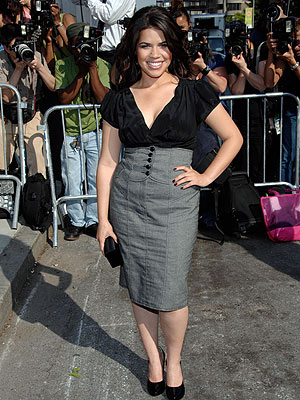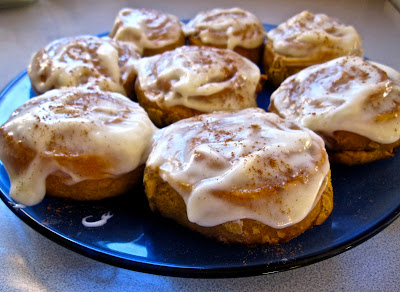"Cultivate your curves. They may be dangerous, but they won't be avoided."
Out of 11 fabulous quotes that I've flipped through so far this past year, this one stood out to me, in particular, because curves are something that I deal with on a daily basis.
*Gasp!!* Not curves!! Yep, it's true. I'm openly admitting to the fact that I don't have a size 0 waste. Nor do I have long, slender legs. I'm 5'2".
I think it's interesting, funny and tragic (all at the same time) that weight and body image are such sensitive, yet obtrusively publicized topics in our culture. Don't ever ask a girl how much she weighs. Don't ever mentioned that she's gained a few pounds. And don't EVER comment on the size of her ass, if you know what's good for you. Each of these "rules" illustrates the negative connotation that is associated with weight (that is, weighing more than the absolute minimum required for survival). But why is body image perceived in this way? What has influenced our perception of what is physically ideal?
What I find most interesting is the fact that the "ideal" body image/size/shape is constructed, not by society, by the average Joe, by working moms or waitresses (although Hooters girls might play a role), but by the media. By Hollywood. By Vogue magazine. By individuals sitting in their corner offices on the 37th floor of skyscraper buildings in New York City and Milan creating the newest model of physical "perfection"- a model that is unattainable by most, and undesirable by many, yet is accepted as truth and beauty and is placed on a pedestal for those of us living in reality to constantly aspire to become (more often than not, unsuccessfully).
This ideal image has evolved over time. If you look throughout history, what was desirable in a woman was strength- both in character and in muscle mass. Oh, and having meat on her bones. Men wanted meat (to put it crudely), because meat was representative of health and wealth and fertility. Flashback to the Renaissance period and take a look at some of the art. Women are portrayed with larger hips and smaller tops. This is what men wanted. But isn't this the opposite of what's considered attractive today? Think about it.
Granted, there are subcultures that are into curves. I'm thinking specifically of the Latino and Black cultures, which are not only ok
 with meat on the bones, but glorify it like Renaissance men did. And I've talked to my fair share of guys from a variety of cultures who are into curves. I think that in some ways, these subcultures are growing and are gaining attention, but I would argue that mainstream media still governs our perception of beauty: tiny waste, long, slender legs, small hips and big boobs.
with meat on the bones, but glorify it like Renaissance men did. And I've talked to my fair share of guys from a variety of cultures who are into curves. I think that in some ways, these subcultures are growing and are gaining attention, but I would argue that mainstream media still governs our perception of beauty: tiny waste, long, slender legs, small hips and big boobs.Sounds like the spitting image of Barbie to me. Did you know that if Barbie materialized into a human being, she would be 6 feet tall, weigh 100 lbs and most likely need multiple back surgeries due to her overly ample bosom? Oh, and her body to fat ratio would be insufficient for her to menstruate. Skinny but infertile. It's a trade off, I suppose.
Perhaps I was partially motivated to write this because of my un-barbie-like features, but I truly think it's tragic how many girls and women suffer from horrible self-image, simply because they don't look like the models on Project Runway. I'm certainly not advocating an unhealthy diet, and being overweight is a serious issue that our country is dealing with. But don't buy into the lie that you're only beautiful if you meet the Hollywood "criteria." I think Marilyn Monroe looks unbelievably sexy in the picture above, and her thighs are thick. So feel sexy in your skin, and if that means 36-34-42, then good for you!
(Interesting article on Barbie if you want to check it out.)
http://news.bbc.co.uk/2/hi/uk_news/magazine/7920962.stm













